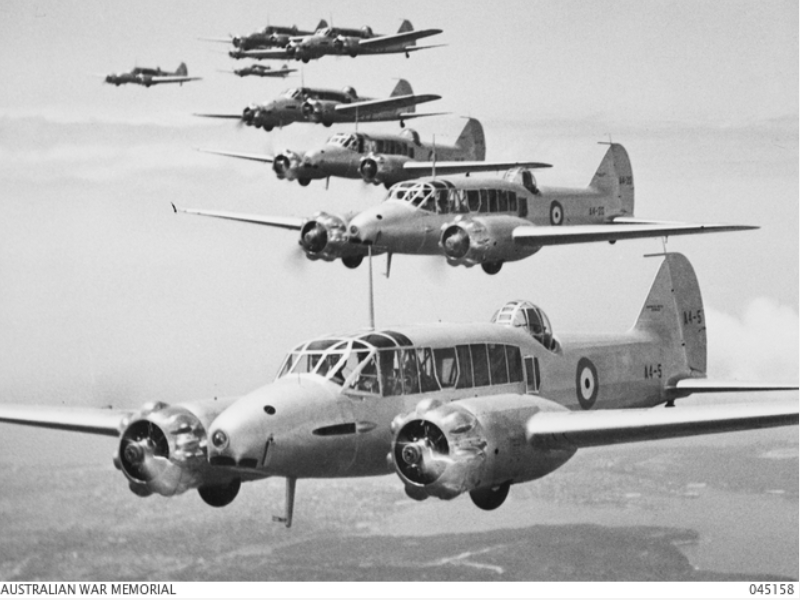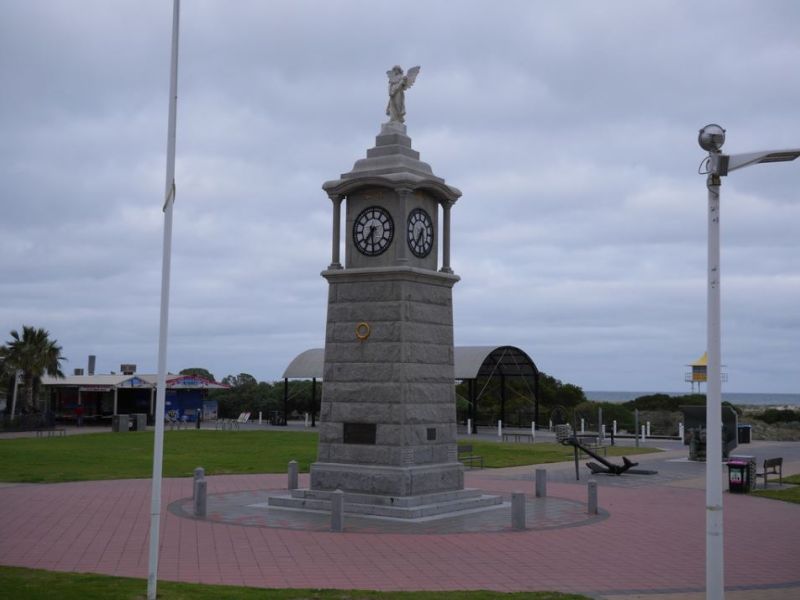Sergeant Mervyn James Headen Baillie, RAF
Mervyn Baillie was born on 22 April 1918 to James and Gertrude Baillie of Semaphore, near Port Adelaide in South Australia. The Baillie family worked in the wine industry at Watervale in the Clare Valley, and young Mervyn attended a number of primary schools across South Australia, including Berri, Rose Park and Largs Bay. He later attended Woodville High School, and after school worked as a bank clerk at the State Savings Bank in Port Lincoln. He had a keen interest in aviation, and was treasurer of the Port Lincoln Aero Club.
Known as “Merv” to his family and friends, he was a popular member of his local community. He enjoyed swimming and sailing, and played tennis, football, cricket and golf.
Baillie enlisted in the Royal Australian Air Force on 27 May 1940 and spent ten months training at bases in Somers in Victoria, Archerfield in Queensland, and Wagga Wagga in New South Wales. In February 1941 he sailed from Australia bound for service in Egypt.
In April 1941, not long after arriving in Egypt, he joined No. 3 Squadron, RAAF. No. 3 Squadron assisted Allied operations in a combination of reconnaissance, fighter and bomber roles in the Mediterranean theatre.
Baillie flew missions in support of the Allied war in North Africa, and during the Allied invasion of Syria and Lebanon in June and July 1941. He undertook missions to Homs, Palmyra and Damascus, as well as providing escort support to shipping in the Mediterranean, and participating in dog fights against Axis aircraft over Tobruk.
In December 1941, he joined 73 Operation Training Unit, and in early 1942, joined No. 1 Middle East Training School at El Ballah in Egypt. Baillie joined this unit due to his extensive flying experience, and he served as a flying instructor in the conversion and refresher school.
On 11 April 1942, Baillie took a recently serviced Tomahawk Mark II fighter aircraft for a test flight near the base at El Ballah. As he flew east of the aerodrome at a low altitude, his aircraft suddenly dropped its nose and port wing, entered a vertical spiral and crashed into a sand dune.
The aircraft burst into flame on impact. Because of the soft sandy desert conditions, it took fire crews 15 minutes to reach the crash site.
Baillie was declared to have been killed on impact, and owing to the nature of the crash, his body was not able to be recovered.
He was 23 years old – 11 days short of his 24th birthday.
Baillie was well-regarded as the most experienced instructor in his unit, and a subsequent enquiry found that the accident was likely caused by his aircraft stalling mid-flight.
His name is commemorated on the Alamein Memorial in Egypt, which records the names of nearly 12,000 British and Commonwealth servicemen killed in the Western desert campaigns of the Second World War and have no known grave.
David Sutton, Historian, Military History Section
Image: Avro Anson bombers from No. 3 Squadron RAAF. c.1939-45

 Australian War Memorial
Australian War Memorial